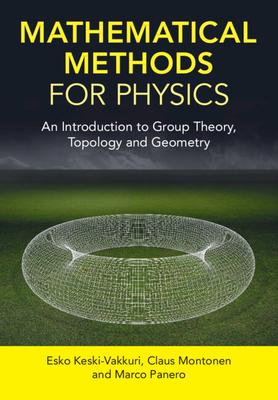In classical mechanics the equations of motion for a system with $n$ degrees of freedom can be
Question:
In classical mechanics the equations of motion for a system with $n$ degrees of freedom can be written as a set of first-order differential equations
$$\frac{d q_{i}}{d t}=\frac{\partial H}{\partial p_{i}}, \quad \frac{d p_{i}}{d t}=-\frac{\partial H}{\partial q_{i}}$$
These equations are Hamilton's equations. We will next reformulate them in a different way. Let us define a vector field $X_{H}$ in the phase space $M$,
$$X_{H}=\sum_{i=1}^{n}\left\{\frac{\partial H}{\partial p_{i}} \frac{\partial}{\partial q_{i}}-\frac{\partial H}{\partial q_{i}} \frac{\partial}{\partial p_{i}}\right\}$$
The vector field $X_{H}$ gives rise to integral curves
$$x_{H}(t)=\left(q_{1}(t), \ldots, q_{N}(t), p_{1}(t), \ldots, p_{N}(t)\right)$$
on the manifold $M$.
(i) Show that the equation defining the integral curves $x_{H}(t)$ is equivalent to Hamilton's equations.
(ii) Let $M=\mathbb{R}^{2}$, i.e., $n=1$, and $H=\frac{1}{2}\left(p^{2}+q^{2}\right)$. Find $X_{H}$ and the generated flow $\sigma\left(t, x_{0}\right)$, where $x_{0}=\left(q_{0}, p_{0}\right)=(1,0)$. Illustrate it by a figure.
(iii) As before, but now with $H=\frac{1}{2}\left(p^{2}-q^{2}\right)$ and $x_{0}=(1,1)$.
(iv) Now take $M=T^{2}$, with coordinates $q, p \in[0,2 \pi]$, and $H=\cos (p)$. Find the equation of the integral curve. Draw a figure of the curves on $T^{2}$.
Step by Step Answer:

Mathematical Methods For Physics An Introduction To Group Theory Topology And Geometry
ISBN: 9781107191136
1st Edition
Authors: Esko Keski Vakkuri, Claus Montonen, Marco Panero





